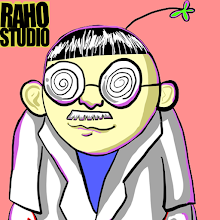🧩 Flutter Web vs Traditional Web Development
| Feature | Flutter Web | Traditional Web (HTML/CSS/JS) |
|---|---|---|
| Language | Dart | HTML + CSS + JavaScript |
| UI structure | Built with Widgets (in code) | Built with HTML elements |
| Rendering | Uses a canvas to draw everything | Browser renders HTML/CSS directly |
| Styling | No CSS — use widget properties | Use CSS for layout and design |
| Responsiveness | Built with widget layout logic | Use CSS (e.g. media queries) |
| SEO (Google Search) | Not good (content is inside canvas) | Very good (HTML is readable) |
| File size | Bigger (slower to load) | Smaller (faster to load) |
🧠 In Simple Words:
🌐 Traditional Web
-
Made with HTML for structure, CSS for style, and JavaScript for actions
-
Easy for Google to read → Good for SEO
-
Like a regular website: blog, shop, news site, etc.
🕹 Flutter Web
-
Works more like a game canvas
-
You draw the entire screen with code (using "widgets")
-
One codebase for Web + Android + iOS + Desktop
-
Great for interactive tools, dashboards, or small games
✅ When is Flutter Web a Good Choice?
👍 Good for:
-
You already made a mobile app and want to add web
-
You want one codebase for all platforms
-
You’re making a tool, dashboard, or app-like site
⚠️ Be careful if:
-
You need SEO (for blogs, news, or marketing pages)
-
You want super-fast page load on slow networks
📌 Summary:
| Question | Answer |
|---|---|
| Is Flutter Web different from normal web dev? | Yes, very different |
| How? | Code structure, rendering, styling, and SEO |
| Pros? | One code for app + web, beautiful UI |
| Cons? | Not good for SEO, bigger file size |













0 Comments